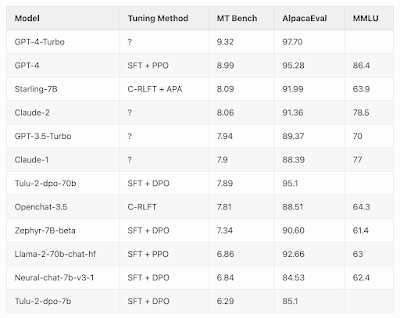In an exciting leap forward, ChatGPT has expanded its capabilities to include voice and image interactions. This latest development is set to revolutionize how we interact with AI, making it more intuitive and versatile than ever before. In this blog post, we'll explore these new features and how they can be integrated into your daily life.
Seeing the World Through ChatGPT's Eyes
One of the most notable additions to ChatGPT is its newfound ability to understand and interact with images. Now, you can snap a picture of virtually anything and engage in a meaningful conversation with ChatGPT about it. Here are some practical ways this can be applied:
1. Travel Adventures: While exploring new places, you can capture images of landmarks, artwork, or points of interest. ChatGPT can provide you with fascinating insights and historical context, enhancing your travel experience.
2. Kitchen Assistant: When you're at home and uncertain about what to cook, simply take pictures of your fridge and pantry. ChatGPT can help you come up with meal ideas based on the ingredients you have and even provide step-by-step recipes.
3. Homework Helper: If your child needs assistance with their math homework, take a photo of the problem, circle it, and let ChatGPT offer hints and explanations, making learning more engaging and fun.
These image capabilities are available on all platforms, ensuring accessibility for everyone.
Hear and Be Heard with ChatGPT
Another remarkable feature is ChatGPT's new voice interaction capabilities. You can now engage in real-time conversations with your AI assistant, giving voice to your queries and receiving vocal responses. Here's how to get started:
1. Enable Voice: To activate voice capabilities, navigate to "Settings" in the mobile app and opt into voice conversations.
2. Choose Your Voice: ChatGPT offers five different voices to choose from, each crafted with the assistance of professional voice actors for a more natural and pleasant interaction.
3. Whisper Recognition: Your spoken words are transcribed into text using Whisper, OpenAI's open-source speech recognition system, ensuring accurate communication.
With this feature, you can chat with ChatGPT while on the go, request bedtime stories, settle debates, and more.
Balancing Power and Responsibility
OpenAI is committed to the responsible development and deployment of AI technologies. The introduction of voice and image capabilities brings both immense potential and new challenges:
Voice: While the voice technology opens doors for creative and accessibility-focused applications, it also raises concerns, such as the potential for impersonation and fraud. OpenAI is carefully monitoring its use and collaborating with trusted partners, like Spotify, to ensure responsible application.
Image Input: Vision-based models also pose challenges, especially regarding privacy and accuracy. OpenAI has taken measures to limit ChatGPT's analysis of people and is actively seeking feedback to refine safeguards.
Transparency: OpenAI is transparent about ChatGPT's limitations and encourages users to avoid higher-risk use cases without proper verification. Additionally, the model performs best with English text, so non-English users are advised accordingly.
Expanding Access
These groundbreaking voice and image capabilities will be initially available to Plus and Enterprise users, with plans to expand access to developers and other user groups in the near future. OpenAI is eager to gather real-world usage and feedback to further enhance and refine these features, making ChatGPT an even more valuable tool in our daily lives.
As ChatGPT continues to evolve, it's clear that the future of AI interaction is becoming more immersive and engaging than ever before. Whether you're exploring the world through images or having a conversation with your AI assistant, ChatGPT is ready to be your partner in discovery and assistance.








.png)




%20and%20the%20singularity,%20featuring%20abstract%20representations%20.png)


%20infused%20with%20cyberpunk%20aesthetics,%20featuring%20neon%20colors%20such%20as%20pink,%20blue,%20and%20purple%20on%20a%20dark%20backgr.png)












